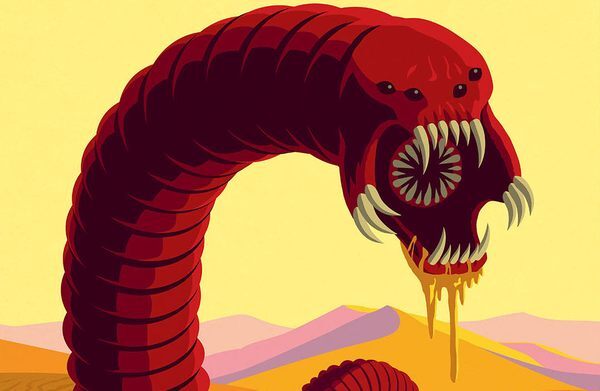- cross-posted to:
- [email protected]
- cross-posted to:
- [email protected]
Is the Mongolian Death Worm Real?
Some say the true death worm has already been found—slithering beneath the sands of the Gobi.
It’s a particularly implausible cryptid, supposedly growing up to six feet long, spitting acid poison that rapidly corrodes anything and kills on contact, and possibly shooting electricity. And yet, the worm has never left any physical evidence. The mystery of its existence was also seemingly solved in 1983 when a Soviet scientist demonstrated that the “worm” likely evolved from legends around a harmless local snake, the Tartar sand boa.
The worm was sausage-like, mostly subterranean but would surface for food or following rains, and incredibly deadly. If you saw it, you kept your distance or ran.
In some stories, the worm is only about a foot long. In others, it’s man-sized. It sweeps across the sands like a snake, inches like a caterpillar, or (in one tale) sprouts wings from its butt and flies. It’s white-gray, turning red when perturbed. Or scaly and brown. Or fleshy and blood-red.
The effort monster hunters pour into searching for a seemingly debunked beast may baffle outsiders. But it reflects two simple truths: (1) A good cryptid is more than a creature, so you can never catch or debunk it. (2) The hunt is often less about finding a monster, and more about the thrill of nature and exploring the unknown.
Didn’t they just find one of these in RFK’s brain?



